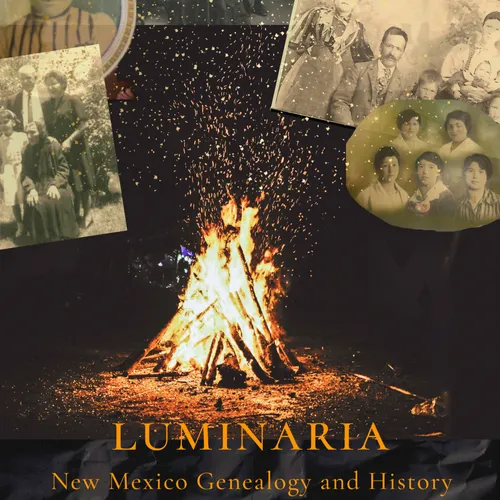Manito Moment: Chokecherry Jelly
- Author
- Luminaria Podcast
- Published
- Wed 15 Nov 2023
- Episode Link
- https://podcasters.spotify.com/pod/show/luminaria-podcast/episodes/Manito-Moment-Chokecherry-Jelly-e2bupbo
Kat's family samples some chokecherry jelly from Cleveland, purchased at Tapetes de Lana in Mora, a nonprofit working to build rural economics through cottage industry and agriculture.
Tapetes de Lana has an art gallery where they promote rural artists, with a primary focus on weaving and the
production of high quality yarns made from local farmers.
They run a spinning mill, train weavers and promote sustainability on small rural farms. Go do your holiday shopping there! I got everything from cards to earrings to soaps there.
Chokecherries (capulin) are found throughout New Mexico. Historically, the berries were used as a source of food by Native Americans and settlers, while many parts of the shrub were used for medicinal purposes. Today, the fruit from this wild shrub (Prunus virginiana) is still used to make jelly, and the plants are a great landscape option. The name chokecherry is derived from the berries, which when eaten raw have an astringent, bitter taste similar to tannins in tea. This causes the mouth to pucker, thus giving the fruit its name. Chokecherries are used to make juice, jelly, syrup, wine, pies, and medicines. The shrub’s inner bark is used for medicinal purposes such as cough syrups and sedatives. In addition to being a source of fiber and antioxidants, chokecherry fruits are also high in nutrients, including manganese, potassium, and vitamins C, K, and B6. Source: NMSU
Reach us at [email protected].
